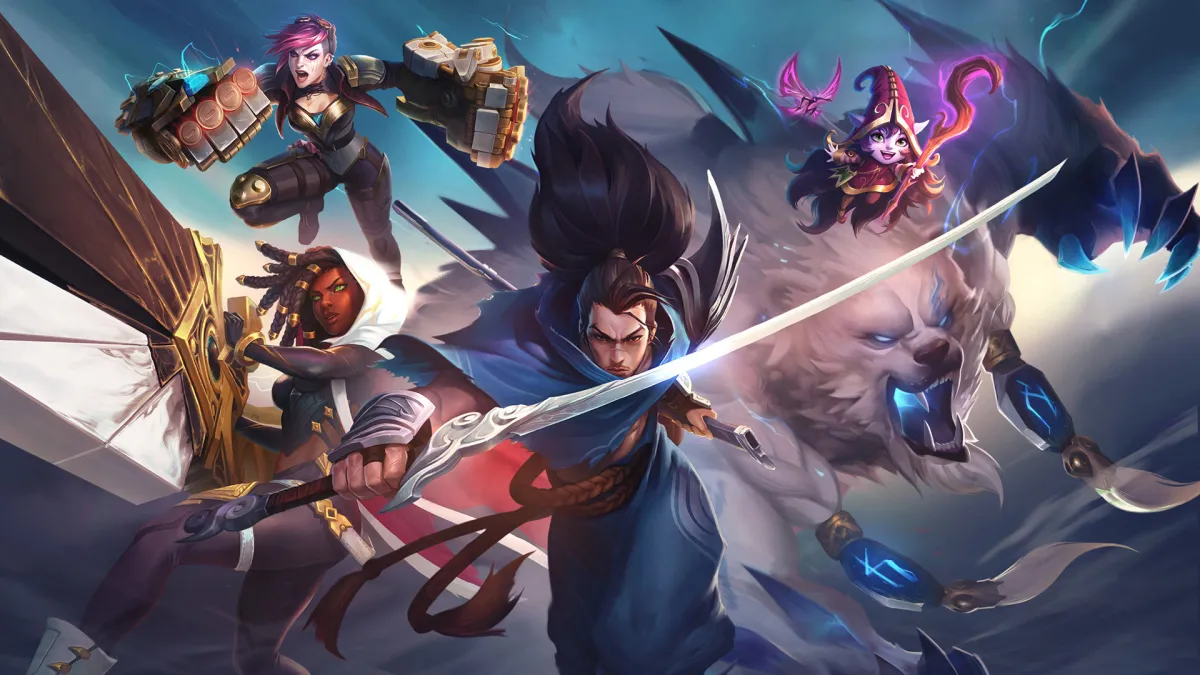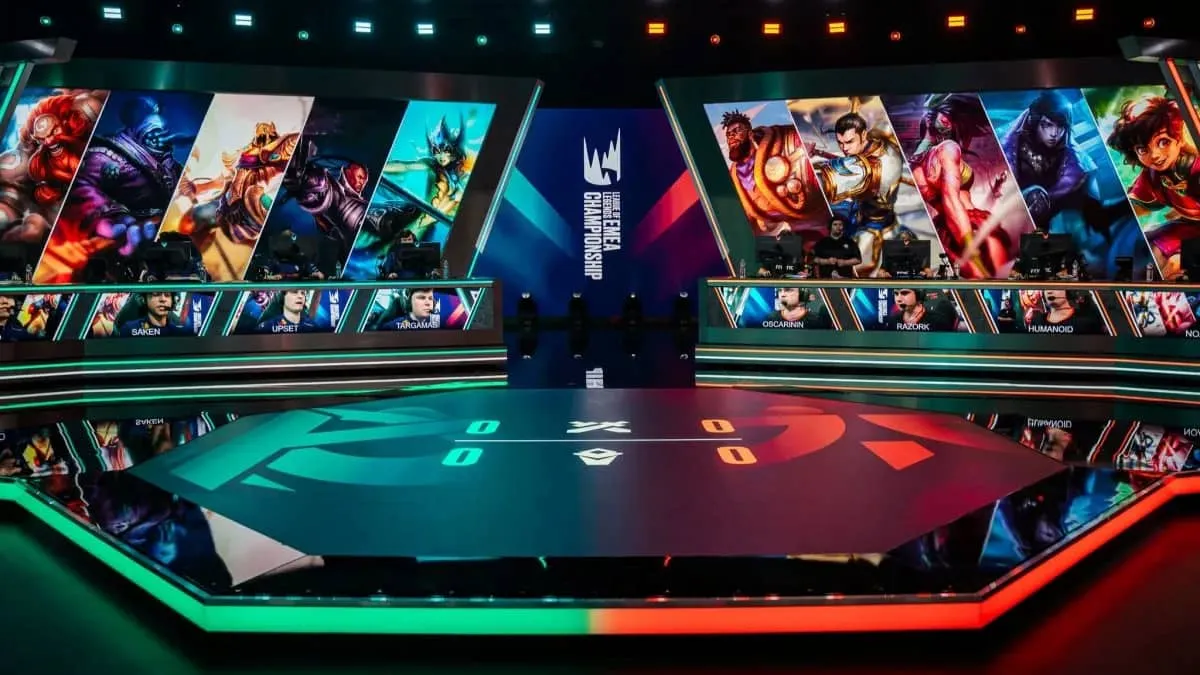
Although roster construction is a key part of competitive LoL, there is relatively little discussion surrounding what parts are needed to create a successful roster. With many teams presumably trying to upgrade their rosters in the off-season, I thought now would be a great time to create a series devoted to understanding player roles (carry, support, playmaker, etc.) and how they differ from positions (top laner, mid laner, support.) This series was partially inspired by Thorin’s video on roles in CounterStrike and will port over terminology while re-focusing it to League of Legends.
The Three Dimensions

League of Legends is a game with limited resources, and how teams distribute their resources dictate the carries of their teams. These resources are farm (how teams distribute gold in the form of minion & champion kills), roams (how much help is sent toward their lane, usually through jungle ganks but occasionally from lanes), and for lack of an existing term, priority (my invented term to describe the main playmaking focus on a team, I’ll go into further detail in the next few paragraphs.)
Farm and roam are both fairly self-explanatory, so we will move on to discussing priority after only briefing touching upon the first two dimensions. There are only so many minions on a map at a time, so teams can usually only have two main carries at a time. (This article by Myxo does a great job going further in-depth.) Roaming is similar, but because teams generally also want to farm up their junglers, teams will generally have two highly farmed carries but only one carry who is the main beneficiary of jungle ganks. On teams like Season 3-4 Fnatic or Season 2 TSM, with two true dual-carry solo laners, their junglers adopting extreme low farm styles. Similarly, teams with a high-roaming support need independent AD Carries who feel comfortable safely playing in 1v2 situations (a great example would be Deft on Samsung Blue.)
I would define priority as the main players that the team “follows up” on. It is generally through priority that supports and junglers, typically supportive roles, can become carries on their own. (Certain jungle players such as S2-3 Saintvicious and S3 Meteos adopted styles that allow them to become more conventional carries.) Usually on teams, certain players will take the main roles in initiating fights or scoring picks, while others will focus on either peeling or following up on plays. Anyone who has played a fair share of solo queue games knows that it’s not possible for a team to have 5 aggressive playmakers – there needs to be players who take defensive roles. Even historically aggressive teams like OMG or Moscow 5 featured players (San and Genja, whose unique role I cover in further detail here) that adopted defensive roles, benefiting from the chaos their teammates caused rather than trying to add into the confusion on their own. At the same time, a team also needs to have a healthy number of playmakers, otherwise they will simply fall apart as the game goes on and the other team takes the initiative. Personally, I believe that a team should have 3 playmakers, with 2 also being acceptable with the right personnel.
The key factor of all three dimensions is that proper roster construction requires players to fall into these categories and synergize with their teammates. Distributing farm and roam requires sacrifices from teammates. Similarly, players have to cede the playmaking focus to others and either take peeling roles or focus on following up on their teammates plays. It’s important to note that taking these supportive roles doesn’t mean that the players are bad or never can carry. On many strong lineups, there have been players like a Dyrus or a Genja that played supportive roles in spite of the fact that they could have been stars for middle-tier teams and even had strong carry performances when their teams needed them most.
Looking at Historical Examples
With these three concepts in mind, now would be a time to take a look at examples of teams and explore why their roster constructions were either successful or unsuccessful. I’m going to focus on historical lineups in the hopes of using them as a long-term reference, as current teams may either make roster swaps or institute internal changes to their carries during this off-season.
The traditional lineup that may come to mind is a team with two primary carries (mid laner and AD Carry, the top lane has generally become a supportive role, especially in Seasons 3-5) and three priority playmakers, generally in the mid, jungle, and support roles. The AD and top positions are capable of taking on priority playmaker roles and indeed have on many top teams, but the lack of utility in those positions means that they usually have to make plays by splitpushing and outdueling their opponents. One traditional carry lineup that featured a playmaking AD Carry was Faker’s Season 3 SKT T1 lineup, affectionately nicknamed “Judgement Day” by OGN casters Monte Cristo and DoA.

Impact (Low farm, low jungle pressure, focused on peeling for his carries)
bengi (Low farm, ganked mostly for Faker, followed up on Faker/Pooh’s plays)
Faker (High farm, received most roams/ganks, lead his team as main playmaker)
Piglet (High farm, low jungle ganks but Pooh stayed in lane, split pusher)
PoohManDu (Low farm, low jungle ganks, secondary pick player after Faker)
While a big part of this team’s success was simply their incredible mechanical level. While bengi and Pooh fell off during Season 4, they were very powerful players in Season 3. The meta was a great fit for Pooh’s mage style and bengi had fantastic synergy with Faker. However, another huge part of their success came from how synergistic their team was and how they perfectly fell into certain roles. To give a counterexample, let’s look at the team considered one of their biggest rivals – a lineup that had much more talented players but overall saw inferior results, the Samsung Ozone lineup of Season 3.

Homme/Looper (Low farm, roamed from top with TP, focused on peeling)
DanDy (Above average jungle farm, constant ganks, main playmaker)
dade (High farm, received below average ganks, main playmaker)
imp (High farm, Mata stayed in bot lane & received most ganks, playmaker)
Mata (Low farm, received most ganks, main playmaker)
In this situation, Samsung Ozone actually faced an overload of playmakers and high farmers! On certain champions, imp himself also became a main playmaker when on champions like Twitch or Lucian.) dade’s style of high farming and focal playmaking and engaging didn’t fit into the rest of the SSW squad, which not only already featured 3 other playmakers but also preferred to focus on a “Protect the imp” strategy in the late game. The time this team saw the most success came when the team focused heavily on dade in their series against Blaze, snowballing his Zed and allowing him to become a focal carry. As time went on, the team’s issues became revealed, and swapping dade for PawN, an “inferior” player who played a lower farm and “follow-up” role to DanDy’s aggression propelled this team to a World Championship. Likewise, dade’s move to a Blue team where he could serve as the team’s main playmaker unleashed his own game to the tune of an OGN Championship.

Darien (Moderate farm, low jungle pressure, split pushed with low backup)
Diamondprox (Moderate farm, backup from Alex/Edward, main playmaker)
Alex Ich (Moderate farm, roams from Diamond/Edward, main playmaker)
Genja (Moderate farm, low jungle pressure, very safe player)
Edward (Low farm, with some exceptions, low jungle pressure, main playmaker)
The final team I wanted to discuss was the original Moscow 5/Gambit Gaming lineup. While fans familiar with their all-out aggressive style would rightfully recognize that this was a team that clearly was more than the sum of their parts, the team still split farm, roams, and carry priority according to the overall “rules” discussed earlier.
The distinguishing feature of this Gambit lineup was their determination to split lane farm evenly between their three traditional carry roles while also making sure that Diamondprox was farmed up. Looking at games from those classic M5 lineups, their use of Darien and Genja as split pushers would often result in a very even farm distribution where the four farming M5 members may even have lower lane farm than their opponents in an even game. Although this was untraditional, the team followed very traditional roles in their distribution of roams and priority. Alex Ich was the main carry who received roams and ganks, and Diamond was placed in the unusual position of receiving backup from his laners, particularly Alex and Diamond, allowing them to create a second carry who received high roams. (This situation was paralleled on the World Champion Samsung White squad with PawN and DanDy.) Outside of this, that trio of players would receive the playmaking priority. Genja was the ultimate follow-up safety player, and while Darien often made plays and split-pushed, he rarely if ever received backup, resulting in his unusual “feed to win” strategy. Interestingly, when Darien was considered a very strong top laner in Season 2, his synergy with Diamondprox was often crucial to M5’s wins, it was only when he lost jungle support and playmaking priority that he developed this newer style.
This concludes my first article discussing roles and carry potential. I hope that by defining these terms and providing famous historical examples, this can serve as a reference to fans interested in discussing roster swaps during the off-season. I’m going to put out further articles using these same terms discussing how certain roster swaps have worked or failed, and what I would recommend to teams in this off-season.






Published: Apr 21, 2015 10:22 pm